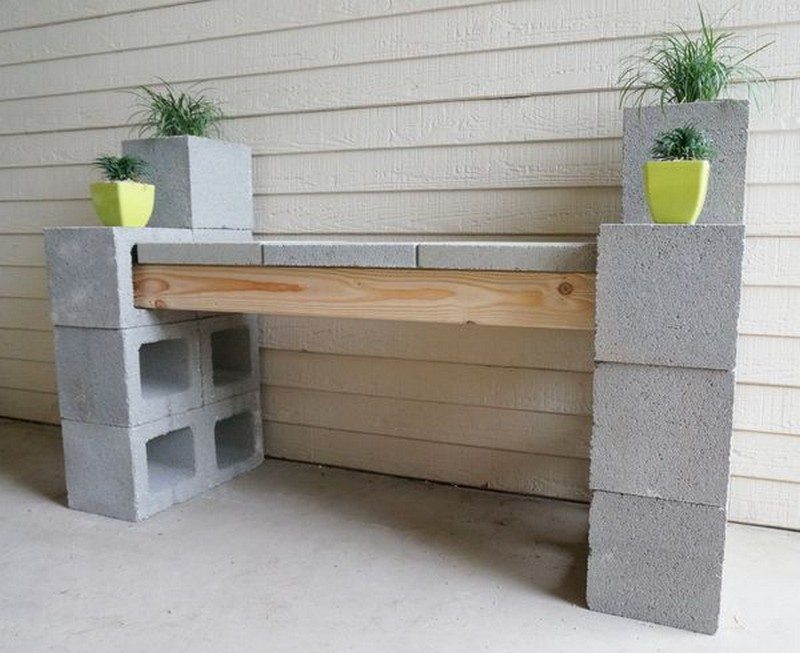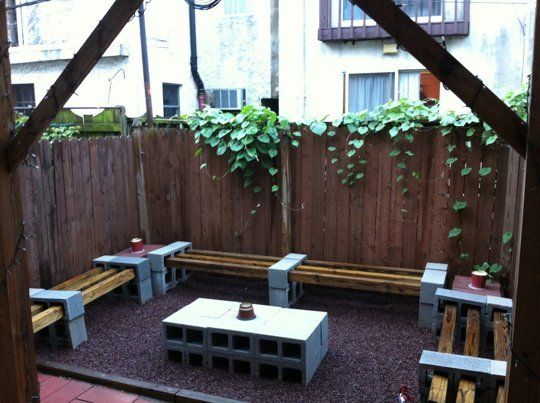

So, I’ve decided to place beautiful container gardens in that area. Last week, I shared the details on what I planted in two new container gardens that now sit in that garden space. For reasons unknown to me, everything planted in that area dies - even the shrubs that the builder planted there before we purchased our home died! (I am wondering what the builder buried under the soil there! LOL - seriously.) This is what the area looked last summer. It’s great to finally be getting that area together! The space is basically an empty garden area to one side of my home’s driveway. Welcome to the third week of the Curb Appeal Blog Hop! As I said in week 1, when I shared my curb appeal blog board, and week 2, when I shared a tutorial for a beautiful shade container garden, I have been working to beautify and add purpose to an area in my front yard. All opinions expressed in this post are 100% my own. Thanks also to Thompson’s Waterseal Waterproofing Stain for sponsoring this post by providing the waterproof stain used on my new bench. Use galvanized screws to secure the fence panels to the rails, using the drill and screw-head bit.Thanks to Corner Copia for sponsoring this post by providing the annuals for my container gardens. Use the wrench to tighten the nuts, securing the studs against the wall.īuild the fence by screwing the fence rails to the cleats, with the top rail about a foot beneath the top of the fence and the bottom rail about a foot above the bottom. Place the furring strips into position against the wall and slide the sleeve anchors into the holes. Drill the holes through the paint marks on the furring strips. One way to match up the holes on the furring strips with the holes in the cinder blocks is to slide the sleeve anchors into the holes, paint the nuts on the sleeve anchor bolts, then press the furring strips up against the nuts. The bit should be the same size as the concrete sleeve anchors.Ĭlear the holes with a wet-dry vacuum or a wire brush to remove any debris.ĭrill holes through the furring strips for the concrete sleeve anchors. Drill a hole every 12 inches, staggering the holes slightly to help prevent the wood from splitting. Use a hammer drill with a carbide-tipped masonry bit to drill pilot holes into the cinder block wall where you are installing the furring strips. Make several more marks on the wall along the same line, using the level to ensure the marks are in alignment. Make one mark on the wall measuring 24 inches, then place a carpenter's level vertically on the wall along the mark.

Mark the cinder block wall every 24 inches with a marker so you know where the furring strips are being installed. Don't lay the part of the board you're cutting over any other objects and wear safety goggles when cutting. Set the depth of the saw blade so the bottom is an eighth-inch beneath the boards, then line up the blade with the cut line and make the cut.

Measure and mark the cut line on the boards and place them on a workbench or across sawhorses. (The furring strips will be placed 24 inches apart.) Cut pressure-treated 2-by-4s to match the height of the privacy fence with a circular saw. Determine the number of furring strips you need by measuring the length of the wall where you're building the fence in inches and dividing it by 24.


 0 kommentar(er)
0 kommentar(er)
